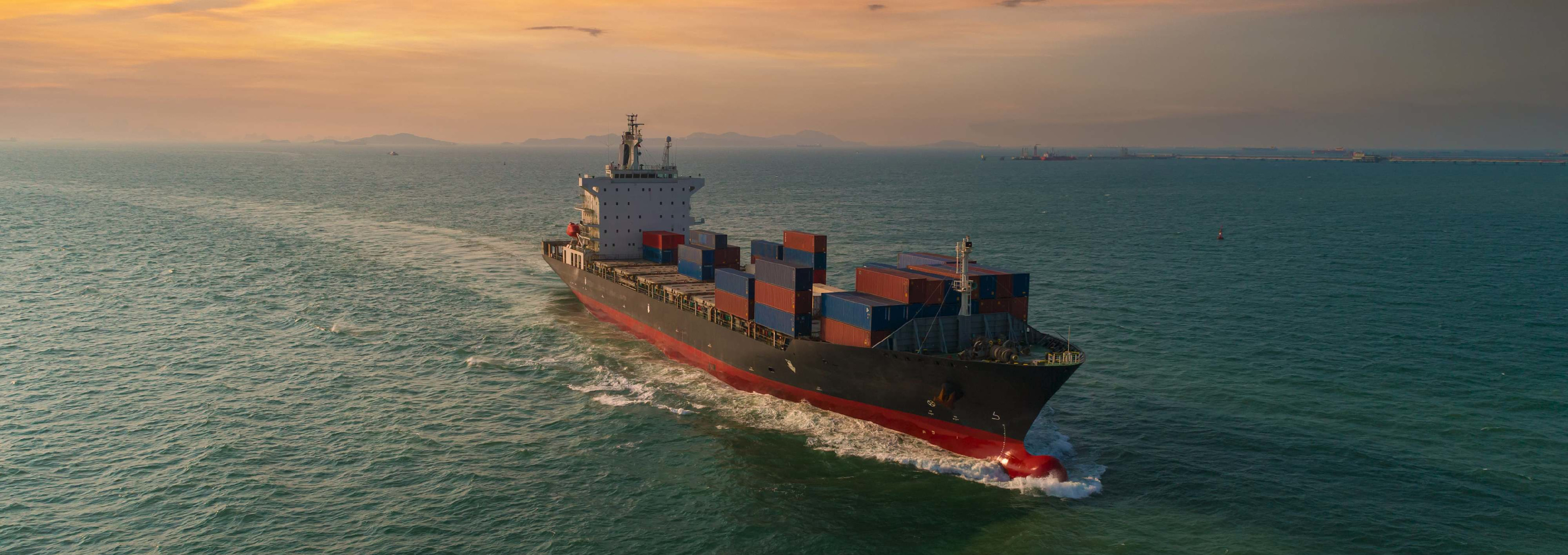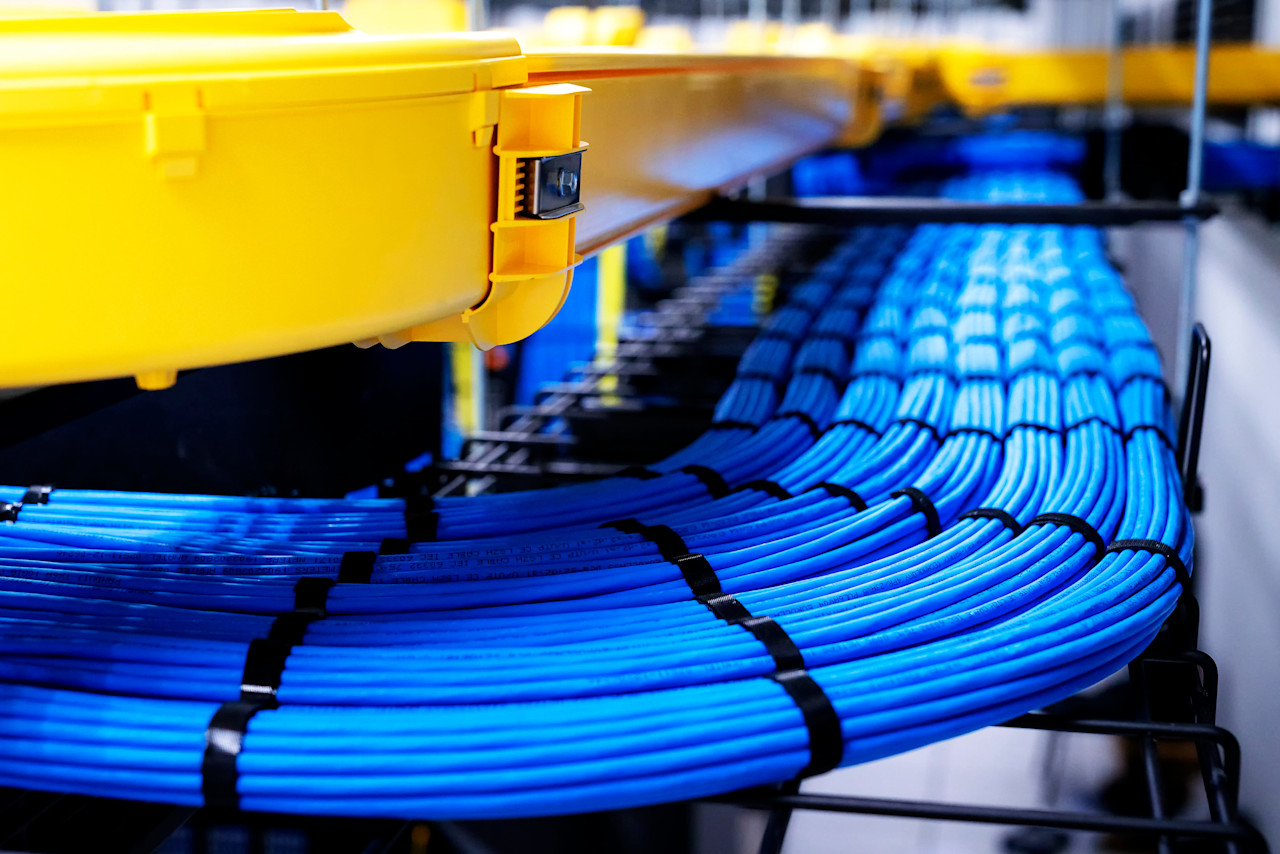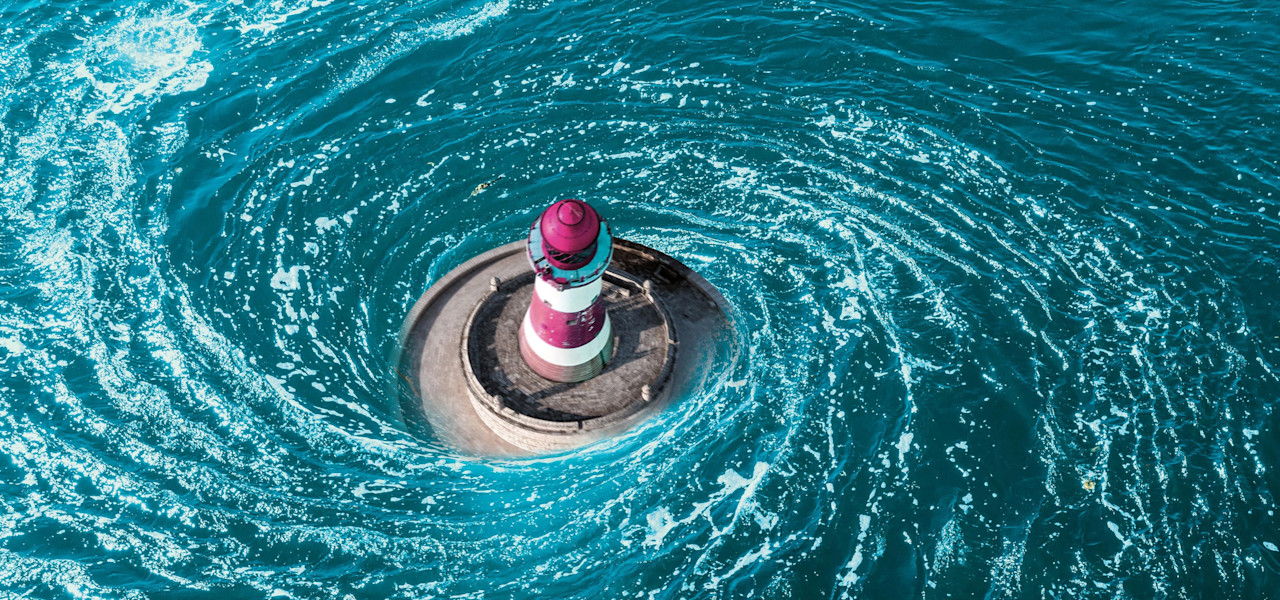

Keep a close eye on chips and ships
Investors looking for companies that can survive a recession should consider the ‘chips and ships’ scenario for navigating choppy waters.
Summary
- Semiconductors and shipping industries as cyclical case study
- Rates are falling for both but profit margins remain high
- Equities underpinned by strong earnings look better than bonds
The semiconductor and shipping industries are both examples of cyclical industries that actually become investment opportunities during a downturn, says multi-asset investor Arnout van Rijn.
Investors have been spooked in recent months by soaring inflation and declining economic indicators that are signaling an impending recession. Equities have taken a pounding while government bonds have also fallen as interest rates have risen.
When both major asset classes fall at the same time, it can be hard for multi-asset investors to know where to place their money. So – are there any safe havens out there?
“In the early days, when people were still talking about transitory inflation, post-Covid supply chain disruptions appeared in many parts of the economy, but were particularly prevalent in the semiconductor and shipping industries,” says Van Rijn, portfolio manager with Robeco’s Sustainable Multi-Asset Solutions team.
“In both cases, markets had consolidated, the number of players had dwindled, and supply discipline became the new norm. When Covid hit and central banks decided to print truckloads of money, demand for goods and gadgets picked up unexpectedly fast. Prices shot higher and long lead times became the norm.”
“Now that most of us are talking about the persistence of inflation and a potential price-wages spiral, good news is coming from these early cyclical sectors.”
He says semiconductor prices started to fall a year ago and accelerated downwards recently, which in the past has been the kind of indicator that prefaces a recession. “The tone from microchip producers has changed dramatically, as they see rising inventories and have no visibility of demand,” Van Rijn says.
“Supply discipline was maintained, but that fact was widely known, so many customers double ordered even more severely than they did in previous cycles. What looked likely to be only a shallow downturn is now turning into a fairly normal ‘hog cycle’. Prices for NAND chips are below what they were pre-Covid, and DRAM prices are back to the levels of late 2019.”
This time it’s different
So, what makes these chips a good bet? “What will be different in this cycle is that corporate profitability and operating margins can stay much higher,” he says. “In an industry that is used to deflation, flat pricing combined with 15-20% annual demand growth and steady growth in productivity is a powerful combination for shareholders.”
“Forward earnings estimates have already been cut in half or even more. Yet, this time around we will not see losses in the industry! Book multiples for the ‘big three’ (Samsung, Hynix and Micron) are close to historical trough levels, while the industry has become a lot healthier.”
“If we can use engagement to convince these companies to do a better job and ‘share the wealth’ – which is a challenge, especially in South Korea – this should be a good time to consider investments in this cyclical sector on the eve of a recession.”
Get the latest insights
Subscribe to our newsletter for investment updates and expert analysis.
Equities versus bonds
So, what does this all mean for a multi-asset investor for whom asset allocation is key? Rising equity values ultimately rely on rising company earnings, which makes them a better option than bonds, which are more sensitive to inflation and interest rates, Van Rijn says. “Demand destruction will lead to lower prices, but thanks to capex discipline, we will not go back to deflation any time soon,” he says. “Corporate profitability can thus be maintained relatively well in the coming recession.”
“There will be some relief for goods buyers. Shipping stuff from China to the West had in many cases become prohibitively expensive, and getting computer chips to power your electric car had become virtually impossible. Supply chains are definitely normalizing.”
“So, those that still have the money can buy what they want again. Goods inflation will come down quickly in the months to come, but we will not go back to the days of goods deflation. Equities should still offer better protection than bonds, given the outlook for chips and ships.”
Ebbs and flows
A similar example of falling prices but healthy profits can be seen in the shipping industry, which is also highly cyclical, literally following the ebbs and flows of international commerce.
“In the shipping industry we have seen a similarly dramatic decline of rates, in their case, for the containers,” Van Rijn says. “Rates from China to Europe peaked at USD 15,000 per 40ft container and have now come down to about USD 6,000, though this remains a lot higher than the sub-USD 2,000 levels seen pre-Covid.”
“Prices of the main listed shippers are thus still trading well above their 2019 levels. Here, investors do get paid, with dividend yields easily in the double digits. Shippers’ profits used to disappear in down cycles, and now they will remain profitable, with healthy free cash flows.”
Supply discipline for commodities
Market conditions for the raw materials carried by the ships also relate to this dynamic. “A similar story of supply discipline applies to most commodity markets,” Van Rijn says. “Top-down analysts do not trust the relatively resilient bottom-up numbers for these deeply cyclical sectors.”
“However, we must be aware that the supply-demand dynamic has changed for good. Yes, prices will fall as recession hits demand, but earnings and dividends will not disappear. Companies still have the pricing power to shield themselves from inflation.”
“The wild card here is cash-strapped governments that may try to increase the tax haul from these more-than-average pollutive companies.”






















